#Bloodtober 2020
Explore tagged Tumblr posts
Text
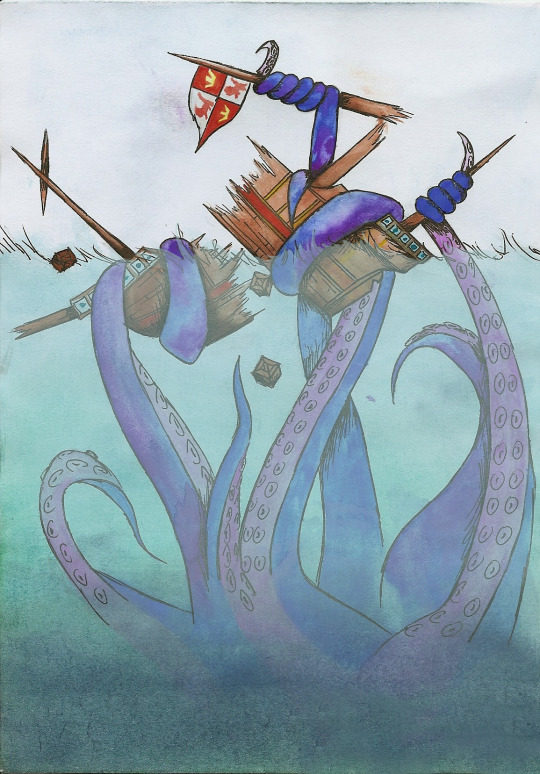
So this is a lil painting/drawing of kraken I did for my history lessons but it could also be for day 13 of Bloodtober which is also one of the lists I'm using. I really enjoyed doing it because I love drawing tentacles and I also love the look it has, it looks kinda old but no really which I think is great.
#Bloodtober 2020#Bloodtober2020#Kraken#Drawings#Art#Artist#Original art#Sea#Ships#Sailing#Sailors#Tentacles#Watercolors#Watercolours#Kolonialism#Stories#Legends#Cryptids
1 note
·
View note
Text
BLOGTOBER 10/3/2020: BLOODTOBER PROLOGUE #2 - VAMPIRE HUNTER D
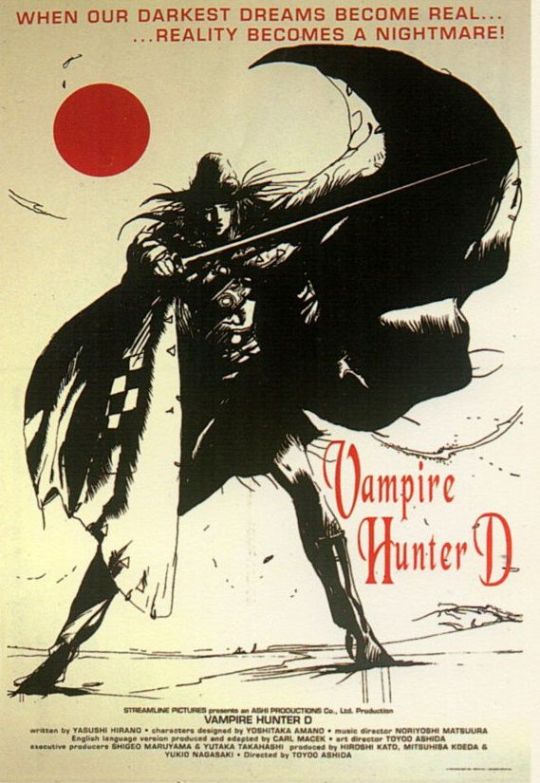
This is the first animated movie to be featured in my annual Blogtober program! I went back through my tags to see if there was something I was forgetting, and other than a brief notice about Serial Experiments Lain, the only other exception is that apparently I once attempted an analysis of THE EMOJI MOVIE during my off-season. I couldn't bring myself to reread it, but I'm sure it was a thousand times more horrifying than a lot of what I watch every October. Sometimes I think that every year I should include one movie from outside the horror genre as a kind of theoretical exercise in the experience of horror, like THE EMOJI MOVIE, MEET THE FOCKERS, or SWEET NOVEMBER...but I digress. Today I'm making an only-slightly atypical selection from the anime demimonde: the genre-bending 1985 classic VAMPIRE HUNTER D.

If you were an American kid with the Sci-Fi Channel in the '90s, you probably have some potent memories of seeing little isolated, decontextualized pieces of the stylish, sophisticated, and often graphic animation being produced in Japan. Even all-ages fare like Dragon Ball and Sailor Moon looked markedly advanced to western eyes, featuring “adult” themes like homosexuality and mortality. But of course, this stuff paled in comparison with the borderline Lovecraftian anguish of AKIRA, or the existential angst of GHOST IN THE SHELL. Somewhere in between lay the exploitational thrills of scummy horror features like WICKED CITY and DEMON CITY SHINJUKU. One may not have noticed, at the time, that the latter two were adapted from pulp novels by Hideyuki Kikuchi--who also wrote the source material for VAMPIRE HUNTER D. This iconic sci-fi/fantasy/horror story has endured in the hearts of many for a variety of reasons, and to be completely honest, I did not accurately remember how weird it actually is.

First of all, VAMPIRE HUNTER D takes place deep in the future of the planet Earth--a fact that I had a very hard time wrapping my mind around, even upon this recent viewing. The world of the movie, which might as well be an alternate universe altogether, is dominated by mutants, monsters, werewolves and vampires. The latter are referred to as Nobles, ruling over an antiquated human serfdom who tend the land and provide their immortal overlords with food and entertainment to break up the monotony of their undeath. This interaction often produces mongrel bastards known as dhampir, and our hero is one of them. Known only as "D", this enormously powerful mystery man arrives at the feif of Count Magnus Lee, a "5,000 or even 10,000 year old--in any case, extremely old" vampire who has set his sights on his latest highly perishable human bride. D fights his way through hordes of squealing, gurgling monsters and new wave mutants to destroy the parasitic nobility, even though he has more in common with them than they initially realize.
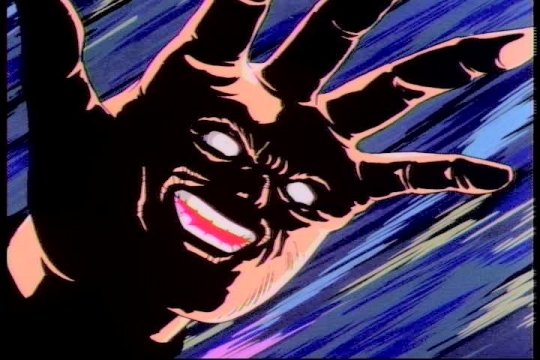
I'm no anime expert, so I don't have much to contribute in terms of industry history or criticism, and I'll be brief in my analysis. The one thing that really surprised me about this revisit of VHD was its pastiche of european genre tropes. I don't even mean the obvious bodice-rippery flourishes that are a clear import from Hammer and Universal horror movies; I mean, there's something in VAMPIRE HUNTER D that reminds me very much of Heavy Metal magazine. Its blend of high fantasy and cyberpunk aesthetics, and its sexuality which skews a little sleazier than usual, are major contributors. But more than that, I couldn't stop thinking that there was something decidedly Jodorowskyesque about this production. The monolithic, black-clad hero, with his murky messianic origins, reminds me of both EL TOPO and THE HOLY MOUNTAIN, and the addition of a child disciple and a scrappy warrior woman complete the picture. The iconic look of VAMPIRE HUNTER D was established by Yoshitaka Amano, an illustrator best known for his work on the Final Fantasy series, whose gauzy gothic images have a distinctive european flair, seeming to owe as much to Moebius or Aubrey Beardsley, as anyone in the manga world. I wouldn't necessarily bet my bottom dollar that Amano was reading a lot of Heavy Metal, or watching a lot of psychedelic cinema at the time he illustrated Kikuchi's VHD novels, but let's just say it wouldn't surprise me.
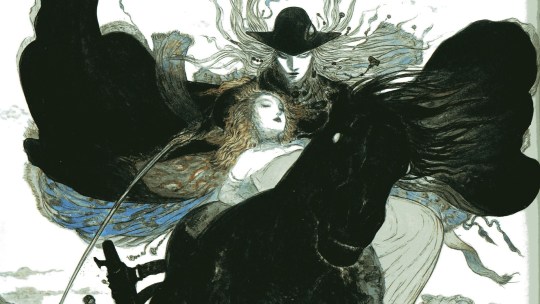
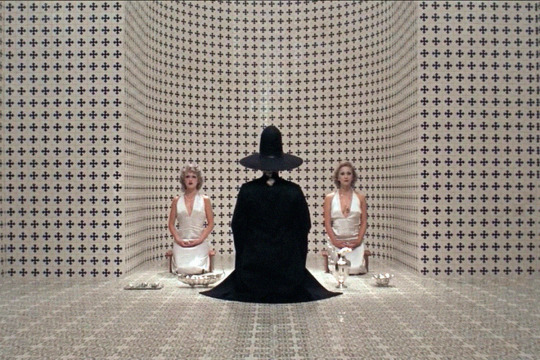


#blogtober#2020#anime#horror#vampire#sci-fi#fantasy#animation#yoshitaka amano#hideyuki kikuchi#toyoo ashida#heavy metal#alejandro jodorowsky#bloodtober
79 notes
·
View notes
Text
BLOGTOBER 10/2/2020: BLOODTOBER PROLOGUE #1 - A RETURN TO SALEM’S LOT
I love Larry Cohen. If you're any kind of a person, you do too. One of the all-time great artists of the grindhouse era, Cohen is distinguished from his colleagues by his unusual warmth, wit, and a sociological bent that connects his outrageous ideas to our mundane lives. When I introduced Q: THE WINGED SERPENT to my husband as a movie in which a two-bit thug extorts the city of New York using an Aztec god living in the Chrysler Building, he thought I was joking. An hour later, as we watched Michael Moriarty go head to head with the city's legal team to capitalize on his knowledge of the ancient maneater, he turned to me and admitted that he couldn't have imagined how literal I was being. Not all of Cohen's movies are equally effective, but at the very least, they all have that special Cohen-ness that you just can't get anywhere else. A RETURN TO SALEM'S LOT is one of the movies that is defined more by its Cohen-y aura, than by its quality. Even though it's rarely spoken of, and I suspected there were reasons I couldn't remember it in detail, I still felt an instinctive, generalized affection when I thought of it. I decided to, er, return to Cohen's 1987 sequel to the Stephen King miniseries this Blogtober to confirm my various suspicions.
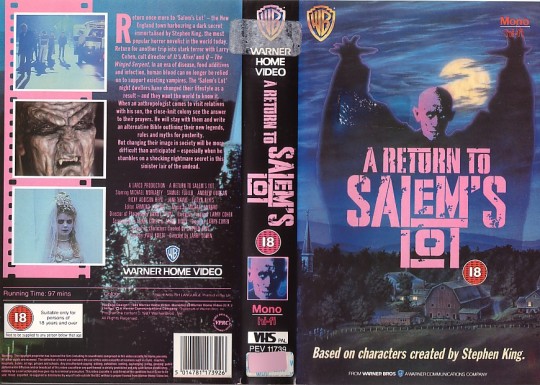
By 1987, Cohen's auteurship was well-established by a trio of genre-defining blaxploitation movies, the soon-to-be-classic franchise IT'S ALIVE about mutant babies that touched on the topics of abortion and eugenics, the aforementioned Chrysler Building creature feature, and his signature masterpiece THE STUFF, a black comedy about killer yogurt that skewered American consumerism and the contemporary health food craze on the same spear. After that, Cohen had hoped to film RETURN TO THE HOUSE OF WAX, but unfortunately Warner Brothers wouldn't bite, so we can only imagine what he had planned. As a consolation prize, they allowed him to make a pair of sequels, IT'S ALIVE III: ISLAND OF THE ALIVE, and a followup to Tobe Hooper’s 1978 Stephen King adaptation, SALEM'S LOT. The latter film, A RETURN TO SALEM’S LOT, is often considered the least of Cohen's creations, but when it comes to this director, I have a strict "no movie left behind" policy.
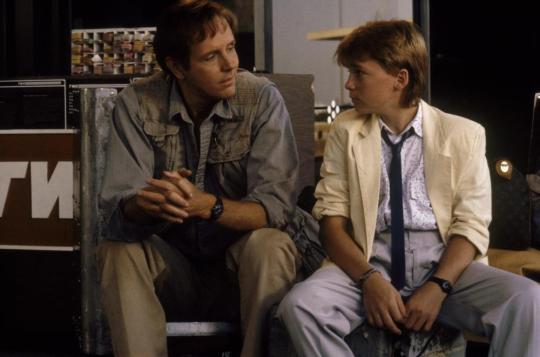
At the very least, RETURN reunites Cohen with his muse, Michael Moriarty. The standard Cohen-Moriarty protagonist is a borderline crook with bills to pay, whose humanity is strengthened through otherworldly trials. In this case, we have Joe Weber, an anthropologist whose removed attitude makes him good at his job, and useless to his family. When we meet Weber, he is in the midst of coldly recording a human sacrifice deep in the green inferno (in a scene so wilfully hokey I thought for sure we would zoom out to reveal a movie-within-a-movie), when he receives word that his son is direly ill. He rushes back to New York, only to realize he's been had; his ex-wife has tricked him into taking responsibility for their "deeply disturbed" child Ricky Addison Reed, a high fashion tween with the attitude of a jaded 30 year old. Conveniently, Moriarty has inherited a fixer-upper from his late aunt, so the pair travel to idyllic Salem's Lot to repair the house and their relationship. Things get complicated when they discover that the sleepy town is populated by vampires, and that Moriarty will have to buy their survival by promising to publish a "bible" presenting the bloodsuckers to the human world as refined and genteel.
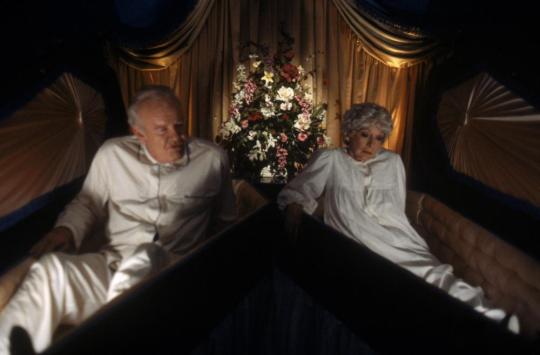
While A RETURN TO SALEM'S LOT is loaded with zany ideas, few of them get any real elaboration. The vampires came over as pilgrims, just like us, as all undead children learn in vampire school. They maintain an uneasy peace with the mainstream world by raising cows for their blood--they're happy to chow down on intrusive tourists, but an addiction thereto is considered a "drinking problem". Their town is powered by slave labor, just like any other American settlement; the vampires pretend to respect their lower class of hybrid helpers, while deriding them as "drones" behind their backs. They even have religion, which is perhaps the weirdest aspect of the film: Vampire leader and Cohen vet Andrew Duggan suggests that they experience the usual near-death experience as they cross over, meeting with "an indescribable sweetness" that absolves them of their sins, thus making undeath a pretty relaxed lifestyle. All this presents an interesting conundrum for Moriarty, who despite his misgivings, gets the perfect opportunity to be the first in his field to write about this ancient civilization. However, for all these trappings of normality, the vampires have a hidden agenda, for which they are recruiting more and more children--the perfect infiltrators of society, for all their presumed innocence. Finally, RETURN's most unique feature is a nazi hunter played by firebrand filmmaker Sam Fuller, Cohen's spiritual father if ever there was one.
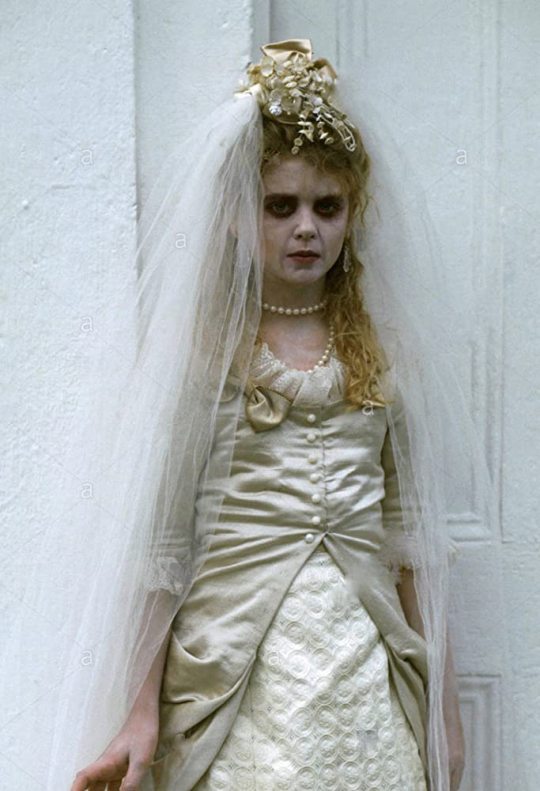
Baby Tara Reid as Ricky Addison Reed’s love interest
The idea of a nazi hunter finding his quarry among actual, biological parasites could have made for an interesting movie in and of itself. The same could be said for an anthropologist discovering vampires, and having to decide whether they are more worthy or study or annihilation. But, we never even find out what’s going into Moriarty’s “vampire bible”, and these fertile ideas are merely gestures, items on a long list of wacky ideas that the movie does little more than summarize. Cohen makes his ultimate point by impaling the head vampire on an American flag, rather than a boring old stake, but this flourish loses its meaning when so many of the movie's concepts wind up feeling like missed opportunities. Without a strong central motivation, even the film's charming performances lose momentum by the midpoint. Moriarty and his disaffected son work surprisingly well together, and Sam Fuller is as much fun as you might imagine, but by the end, everyone just seems a little tuckered out.
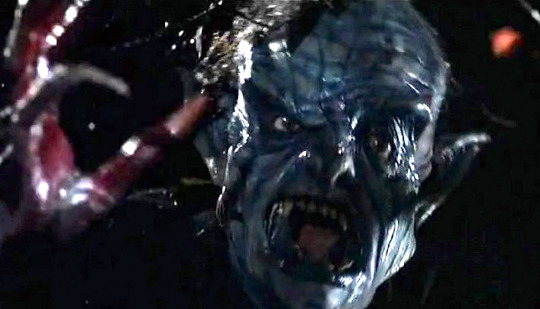
All that said, I'd still rather watch a bad Larry Cohen movie, than a good movie by many, many other directors. And, at this point in time, there's something satisfying about watching an American icon like Fuller cut a swath through the murk of old, aristocratic elitism that would have been best left on the shores of Europe. "I'm not a nazi hunter--I'm a nazi KILLER!" Fuller growls, reflecting an attitude I first heard in an interview with a World War II survivor who delivered a grave warning that nazis are not to be debated; their ideas are simply beneath argument, and they are literally better off dead. Amen to that.
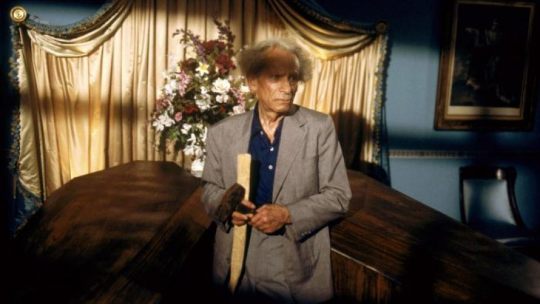
#blogtober#2020#larry cohen#james dixon#stephen king#sequel#adaptation#salem's lot#a return to salem's lot#horror#vampire#michael moriarty#samuel fuller#sam fuller#ricky addison reed#tara reid#andrew duggan#satire#Black Comedy#bloodtober
15 notes
·
View notes